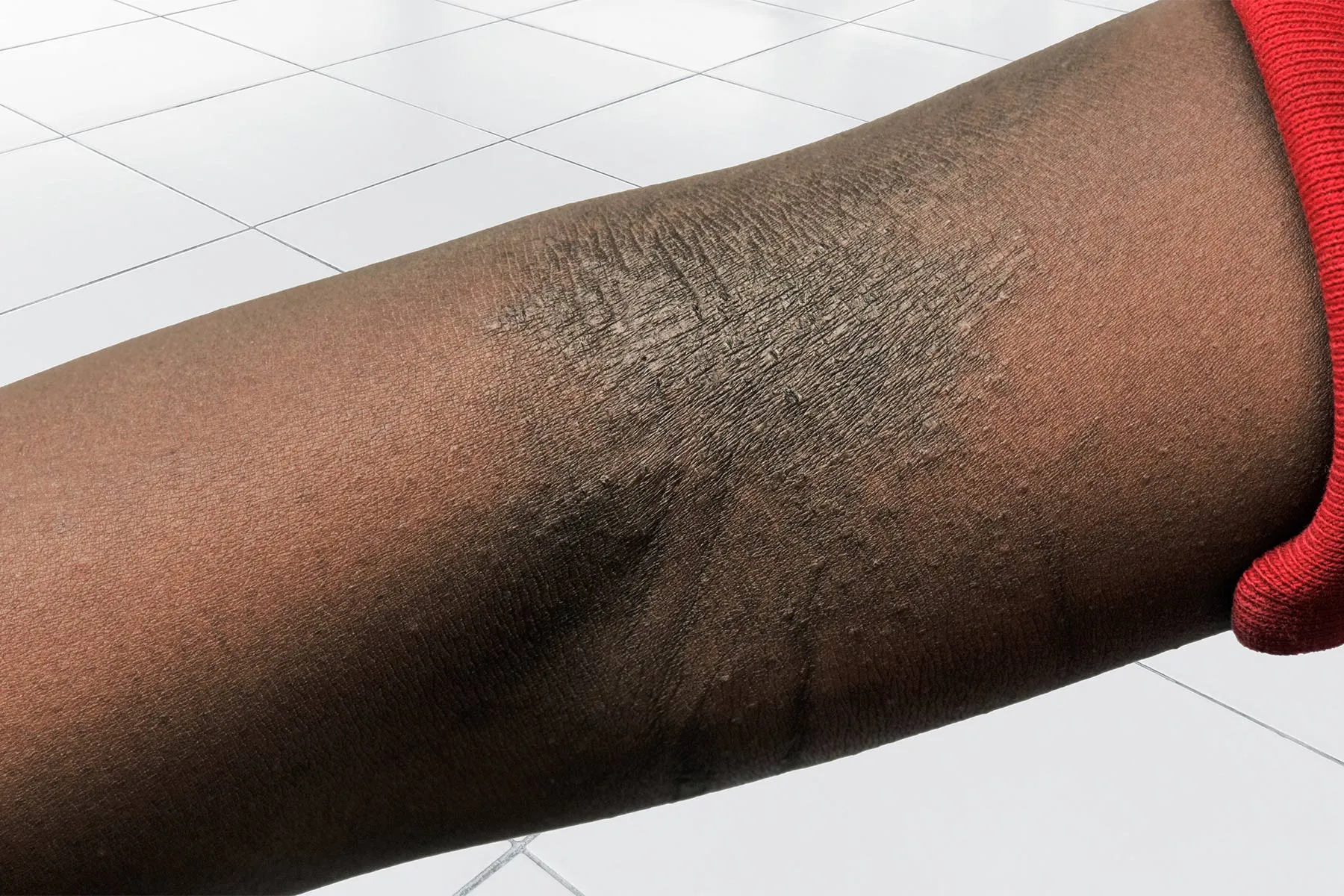Second Chance Justice
Boulder, Colorado is one of several states in America that have turned to restorative justice practices in certain criminal cases as an alternative to traditional systems. How can restorative justice offer a different pipeline for people in the justice system, and what problems does it seek to address?

In most college towns across America, the majority of students will attend at least one party during their time at school where they will consume an excessive amount of alcohol. Often, such a night leads to a few shameful decisions, only to be followed by a raging hangover the next morning.
But what happens when a night of drinking leads to a felony?
Boulder, Colorado fits the American college town stereotype; young students often spend their free time on weekends partying. But there have been several instances in which a night of careless fun was taken too far.
“We often have young people who are intoxicated to the extent that they try to —or do— enter a home that’s not theirs… and that’s a felony in Colorado,” said Elaina Shively, Director of the Center for Prevention and Restorative Justice at the Boulder County District Attorney’s office, in conversation with The Crime Report.
She goes on to share the story of a couple who experienced this kind of frightening break-in.
“[He] was trying to get through their sliding glass door. He was not clothed and really scaring them, and they were prepared to fight for their lives. In fact, they were thinking they would have to take another human’s life if he got into their house.”
In some states in America, the defendant in this case would have faced charges and possible jail or prison time for such an offense.
But Boulder is one of several states in America that have turned to restorative justice practices in certain criminal cases as an alternative to traditional justice outcomes.
Rather than pressing charges, going to trial, and sentencing someone to serve time in jail or prison, restorative justice “focuses on repairing relationships and the harm caused by crime while holding offenders accountable,” according to criminologist Howard Zehr, who helped conceptualize modern restorative justice.
Restorative justice, according to Zehr, allows all of the parties affected by a crime, including offenders, victims and their communities “to identify and address their needs in the aftermath of a crime, and seek a resolution that fosters healing, reparation, and reintegration, and prevents future harm.”
In the case of the alcohol-induced attempted burglary, Shively also reflects on what she feels is the effectiveness of restorative justice.
“It’s a really great example of being able to honor how high of an impact that had on the family who lives in the home,” Shively said. “The feedback we’ve received after doing many of these cases is it’s often really helpful to the victims in terms of reducing their fear after because they’ve been able to put a face to the person who was in their home while they’re not in that [intoxicated] state.”
Shively continues: “Restorative justice is a lot more active; the court can feel a lot more passive for victims…So, talking through that level of fear as well as how close that young person was to potentially being killed…it really shows strong ability for rehabilitation. We absolutely need to hold the offending party responsible and they’re likely in most cases not going to recidivate at the same or high level if we intervene with services.”
Often, due to a lack of rehabilitative opportunities, jail and/or prison becomes a revolving door for many people who enter the system. Once they return to society, many challenges arise, such as where to find employment and housing.
Cymone Fuller, Director of the Restorative Justice Project at Impact Justice, says there’s a lot of evidence backing up the need for change: “Decades of research show that contact with the legal system actually increases a person’s likelihood of causing harm in the future.”
Fuller shares a similar view regarding the limitations of the criminal justice system, as she believes not only that it leads to unfair consequences, but it deprioritizes the truth.
“The legal system also discourages truth-telling,” she explains. “The reading of Miranda Rights at the very first encounter with law enforcement reminds us that ‘anything we say can and will be used against us in a court of law.’
In an adversarial legal system, ‘justice’ becomes less about the truth of what happened and why, and preventing future harm, and all about winning by telling the most persuasive story.”
Practices such as community circles “where representatives of the community sit down with the offender and talk about how crime impacts the community,” serve as another way to achieve justice, explains Stanley Garnett, the former district attorney for Colorado’s 20th Judicial District.
Garnett is an active board member for the National District Attorney’s Association where he promotes Restorative Justice and other progressive criminal justice reforms.
In addition to community involvement and conversations between the offender and victim, diversion programs are also available in some states that offer restorative justice.
“For the diversion part of our program we have social workers and clinicians who meet with folks on diversion to assess both their criminogenic risk, their risk to reoffend, and assess their behavioral health and community involvement,” Shively explains.
“So, it could be drug and alcohol treatment, it could be all different types of counseling, [with younger people] engaging in school, looking at social support, finding some connection to the community that’s positive.”
Garnett believes diversion allows the offender to take accountability and commit to change.
For example, Garnett recalls a case in which two teenage boys were caught stealing a power tool in a hardware store in Colorado. The cops were called, and the boys were charged with shoplifting, a low-level felony. One of the kids went down the restorative justice route, which Garnett says led to him apologizing to the store owner, returning the stolen power tool, paying a couple hundred dollars in restitution and becoming a volunteer in the store.
He also participated in a program that ensured he maintained good grades in school and monitored him to make sure he did not use any illegal drugs. Within 90 days, the entire incident was behind him.
However, the other boy’s parents, hesitant to participate in restorative justice, decided to hire an attorney. As a result of full litigation, the case took nearly two years to resolve and ended with the kid pleading guilty to a misdemeanor charge.
“The Make It Right restorative justice diversion program in San Francisco provided a direct comparison with youth who were prosecuted for felony-level offenses,” Fuller explained. “During the six-month follow-up period, youth that participated in Make It Right were 44 percent less likely than those in the comparison group to be arrested for any reason”.
“Even four years later, the teens who had participated in restorative justice diversion were 32 percent less likely to have been arrested compared with the control group.”
Similarly, Shively states that research has shown that with diversion plus restorative justice has led to recidivism to fall under 10 percent.
However, when it comes to the cost of implementing restorative justice, some offices may have to foot the bill.
“It actually costs more to the District Attorney’s Office because it would be less expensive to us to plead the case to probation and be done with it, but it’s worth the investment upfront,” Shively said. “So, we’re reducing [the number of people] coming into the system on the backend and recidivating.”
In the long run, some studies show restorative justice saves money while reducing the incarcerated population.
“Studies have shown that investing in restorative justice is cost-saving in terms of both operational costs and the value that better outcomes can have for young people and people harmed to move on to contribute and thrive in their communities,” Fuller said.
“The National Survey on Victims’ Views found that the overwhelming majority of survivors strongly prefer investments in prevention and treatment over more spending on prisons and jails.”
In addition to the long-term benefits of saving money and decreasing recidivism, advocates say that restorative justice allows for a true second chance.
“One of the worst things that can happen is some kid has a rough year when they’re 17 or 18 and then they get their shit together, they go to college, they graduate, and they go to apply for a job, and they don’t get the job because they have an arrest record from when they were 17 for shoplifting,” Garnett says.
“Restorative justice, by going outside the legal system can help them get through the system without having that kind of a record.”
Maria DiLorenzo, based in Brooklyn, NY, is a contributing writer to The Crime Report. She recently started a blog called Beyond the Crime, which shares stories of those incarcerated for murder to gain a deeper understanding of criminal behavior and the criminal justice system.

 Landwebs
Landwebs 






















